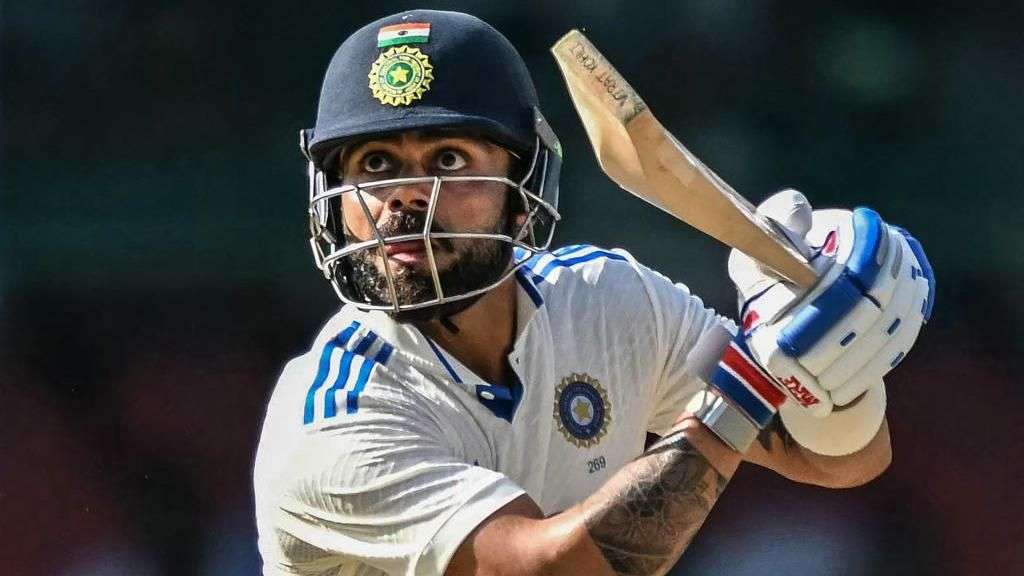The Border-Gavaskar Test series between Australia and India, which starts in Perth on Friday, pits the two best teams in red-ball cricket against each other.
The last four series between these two countries have been compelling, making it the pre-eminent rivalry in Test cricket today. This period has been particularly good for India, who have won the rubber on all four occasions, including twice in succession in Australia.
But India’s unexpected recent whitewash by New Zealand, marked by the failure of top stars, has raised doubts about the future of some big names.
The spotlight in the current series will be on veterans Rohit Sharma, Virat Kohli, R Ashwin and Ravindra Jadeja, who have been the pillars of India’s dominance across formats over the past decade. However, with advancing age and recent dips in form, questions linger about their ability and hunger to continue competing at the highest level.
The most concerning issue has been the form of star batter Virat Kohli, the poster boy of Indian cricket.
His recent struggles have stretched over more than three years. In the past five years, Kohli, who once piled up Test centuries with ease, has managed to add only two more to the 27 he had amassed earlier at a rapid pace.
His Test batting average, once hovering in the mid-50s, has dipped below 48. The run machine who was touted as most likely to overhaul Sachin Tendulkar’s Test records has been sputtering.
Australia has long been a happy hunting ground for Kohli. His first Test century came in Adelaide in 2011, and during the 2014-15 series, he dazzled with almost magical strokeplay, cementing his place among the game's greats.
Kohli's fiery aggression - outdoing even the Aussies at their own game - earned him respect and adoration from fans Down Under. When he led India to their historic first Test series victory in Australia in 70 years, he assumed cult status.
Captain Rohit Sharma, a late bloomer in Test cricket, may have had comparatively modest success in the format, but the respect he commands from opponents is every bit as significant as that given to Kohli.
After starting with centuries in his first two Tests, Sharma lost his way and place, briefly, till he was given the opener’s slot. Since then he hasn’t looked back.
Sharma’s prowess in white-ball cricket has often overshadowed his superlative batting in Tests, where he can be destructive and sublime as the situation demands.
He often faces criticism for his inconsistency in producing big scores. However, there’s unanimous agreement that when Sharma finds his rhythm, India’s chances of winning Tests soar dramatically.
While Sharma hasn’t had a prolonged lean trot like Kohli, he has unfortunately hit a dramatic slump in the recent home Tests against Bangladesh and New Zealand.
In 10 innings each during these matches, neither Sharma nor Kohli managed to muster even 200 runs. The calibre and class of Sharma and Kohli are beyond dispute. The concern is whether they are over the hill.
Ashwin and Jadeja are undoubtedly world-class all-rounders. With more than 3,000 runs apiece, Ashwin has surpassed 500 Test wickets, while Jadeja recently crossed the 300-mark. Both would be welcomed with open arms into any team in the world.
In tandem, they’ve more often than not played havoc with opposing teams though their overseas record is modest.
In 10 Tests in Australia, Ashwin has taken 39 wickets at an average of 42.15. Meanwhile, Jadeja has claimed 14 wickets in just four Tests at an impressive average of 21.78 - better than Ashwin's, though from a smaller sample size.
But such stats can also be misleading.
Ashwin is the more experimental of the two, adding an element of surprise and edge to his bowling. In 2021, he had Australia’s top batsmen, Steve Smith and Marnus Labuschagne, dancing to his tune. Jadeja, on the other hand, is the master of control - economical and deadly, especially on a crumbling pitch.
The value of Ashwin and Jadeja extends beyond just their bowling. Ashwin’s doughty batting in the memorable 2021 series was critical in India winning the series. Jadeja has often shored up the batting with stout defence and spunky strokes when the top order has fallen. And he is worth 30-35 runs on fielding alone.
The concerns about Ashwin and Jadeja stem from their relatively modest bowling returns against New Zealand at home last month. Ashwin took nine wickets at a strike rate of 66.33, while Jadeja claimed 16 wickets at 37.93.
Effectively, the Kiwi spinners outshone both these stalwarts, and India lost a home series after 18 Test wins. As in the case of Sharma and Kohli, was this an aberration or a sign of waning powers?
It would be reckless to dismiss players of such high calibre and vast experience based on a handful of stats. Beyond their skill and ambition, great players rely on self-belief and pride to overcome the toughest challenges and deliver when it matters most.
However, as they approach the winter of their careers, how these outstanding players perform in the current series is crucial - both for the team and for themselves.
Success here will signal a resurgence, helping them fend off stiff competition from a wave of exceptionally talented young players. On the other hand, failure will only intensify calls for a broader transition in Indian cricket.








